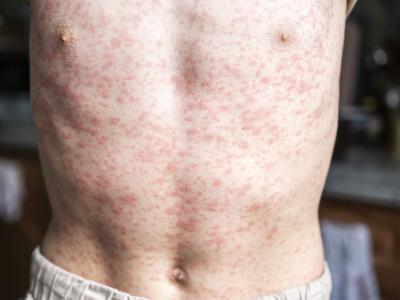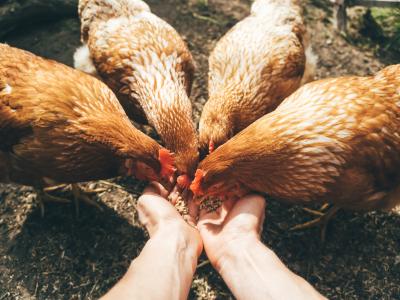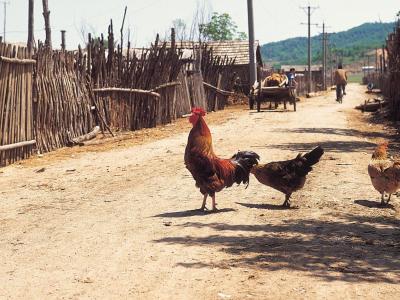South Korea has reported 12 more highly pathogenic H5N6 avian influenza outbreaks, and an initial analysis from the country's agriculture ministry suggests that the outbreak strain is a new reassortant, making it different from the strain detected in China and Hong Kong.
Korean outbreaks span 3 provinces
Most of the new detections in South Korea were reported at duck farms, though one was reported from among egg-laying hens. One of the outbreaks struck a farm in the newly affected Gyeonggi province, with the others occurring in the previously affected North Chungcheong and South Jeolla provinces, according to a Nov 24 report to the World Organization for Animal Health (OIE).
Among the 12 new outbreaks, the virus killed 4,020 of 137,600 susceptible birds, and authorities destroyed the remaining ones to control the spread of the virus.
South Korea's agriculture ministry recently ordered a 48-hour nationwide restriction on poultry transport, which was in effect over the weekend, according to a Nov 24 report from Reuters. At a media briefing, Kim Yong-Sang, a senior veterinary minister, said officials believe migratory birds spread the virus, but they are also investigating if H5N6 has spread between farms, Reuters said.
In a potentially related development, Japan's agriculture ministry said today that it is investigating avian flu outbreaks at two farms, one in Aomori prefecture in the northeastern part of the country and the other in Niigata prefecture, located south of there on Japan's northwest coast, according to a government report translated and posted by Avian Flu Diary (AFD), an infectious disease news blog.
Rapid tests were positive for avian influenza and genetic tests are under way to identify the subtype, according to the report. If the findings are positive for H5N6, it would be a first in Japanese poultry. Earlier this month the virus was detected in black swans and from environmental samples.
Gene analysis suggests reassortant
South Korea's agriculture ministry today released an early analysis of the H5N6 virus, based on four recently obtained samples from locations in the country, according to an official report translated and posted by AFD.
When scientists compared the new isolates to samples from China and Hong Kong, they found that the hemagglutinin and neuraminidase genes were nearly identical to earlier samples, but some of the internal genes have changed, probably through reassortment, with the PA gene a 92% match to the previous ones.
Two isolates appear to have acquired resistance to the older antiviral amantadine, a signal that wasn't seen in 2014 H5N6 samples.
The report said it's unclear how and if the changes might affect the behavior of the virus, but tests are under way to gauge its possible pathogenicity in humans. Though other Asian countries have reported H5N6 in birds, China is the only nation to report infections in humans and has recorded 16 so far, 10 of them fatal.
The virus, first detected in a Chinese poultry market in 2014, is a novel reassortant between H5N1 and H6N6.
Avian flu in Ghana, South Africa
Meanwhile, Ghana's veterinary officials on Nov 23 confirmed two more H5N1 avian flu outbreaks in poultry, both affecting backyard birds in the same area of Greater Accra state in the southern part of the country, according to a report to the OIE.
Both began in October, affecting layers. Of 1,550 susceptible birds at the two locations, the virus killed 812. Health officials culled the remaining birds as a control measure. Ghana and a handful of other African nations have reported several H5N1 outbreaks in 2015 and 2016 after a several year hiatus.
South African animal officials on Nov 25 reported to the OIE two more low-pathogenic H5N2 outbreaks at commercial ostrich farms. The outbreaks occurred in October, sickening 1,997 of 3,438 susceptible birds. The strain has cropped up in several of the country's ostrich farms several times. The industry has also been hit several times by low-pathogenic H7N7 avian flu.
See also:
Nov 24 OIE report on South Korean H5N6 outbreaks
Nov 24 Reuters story
Nov 28 AFD post on Japan detections
Nov 28 AFD post on South Korean genetic findings
Nov 23 OIE report on Ghana
Nov 25 OIE report on South Africa






















